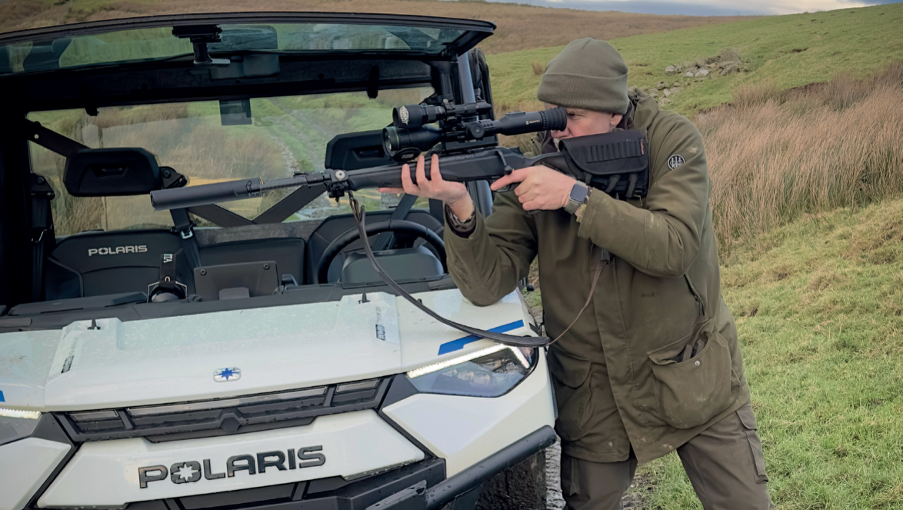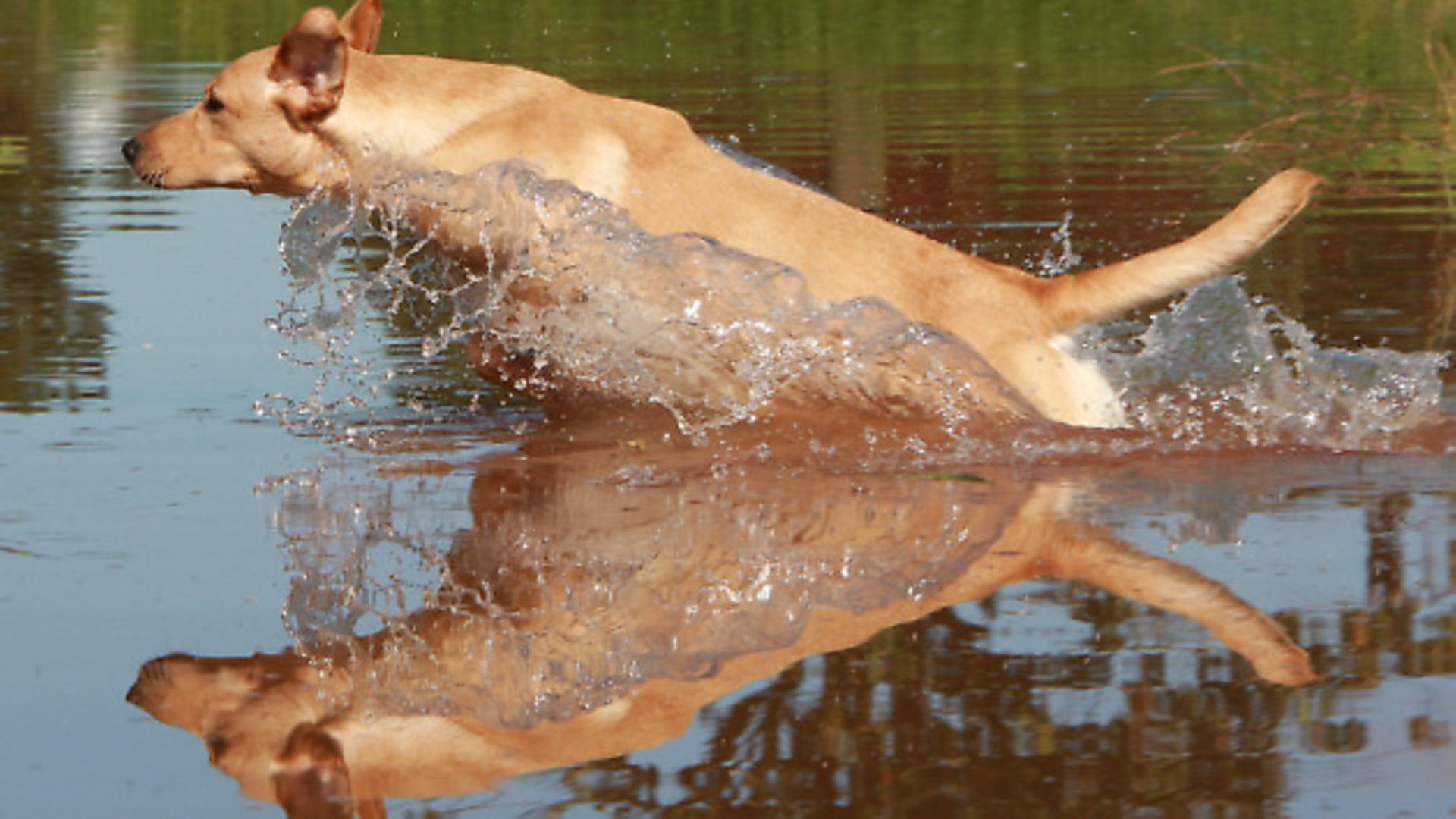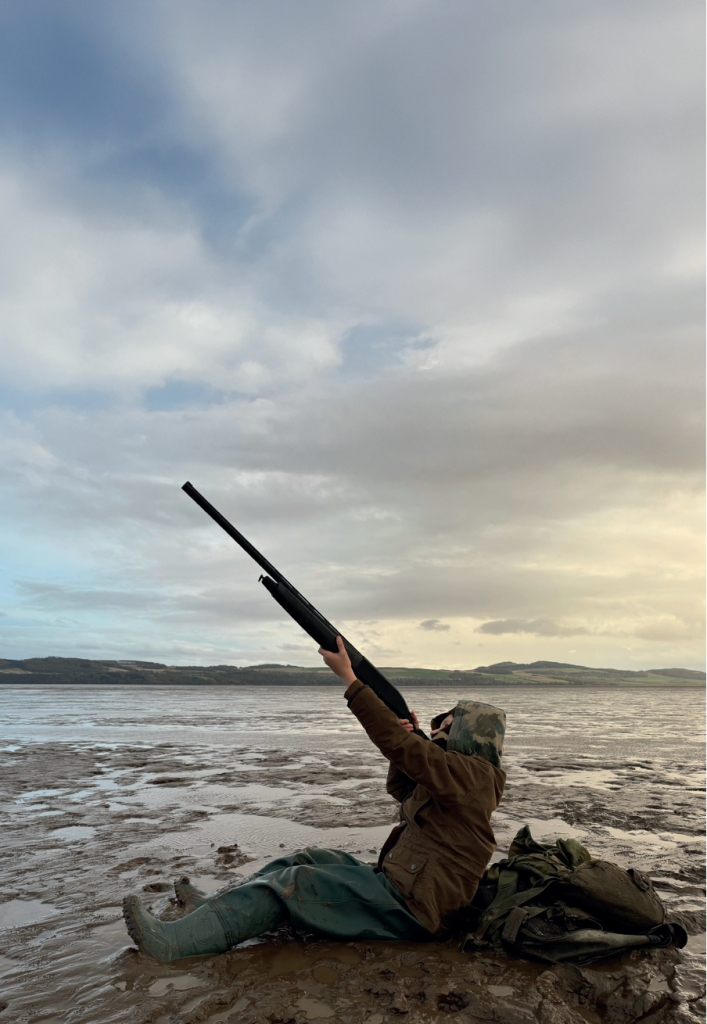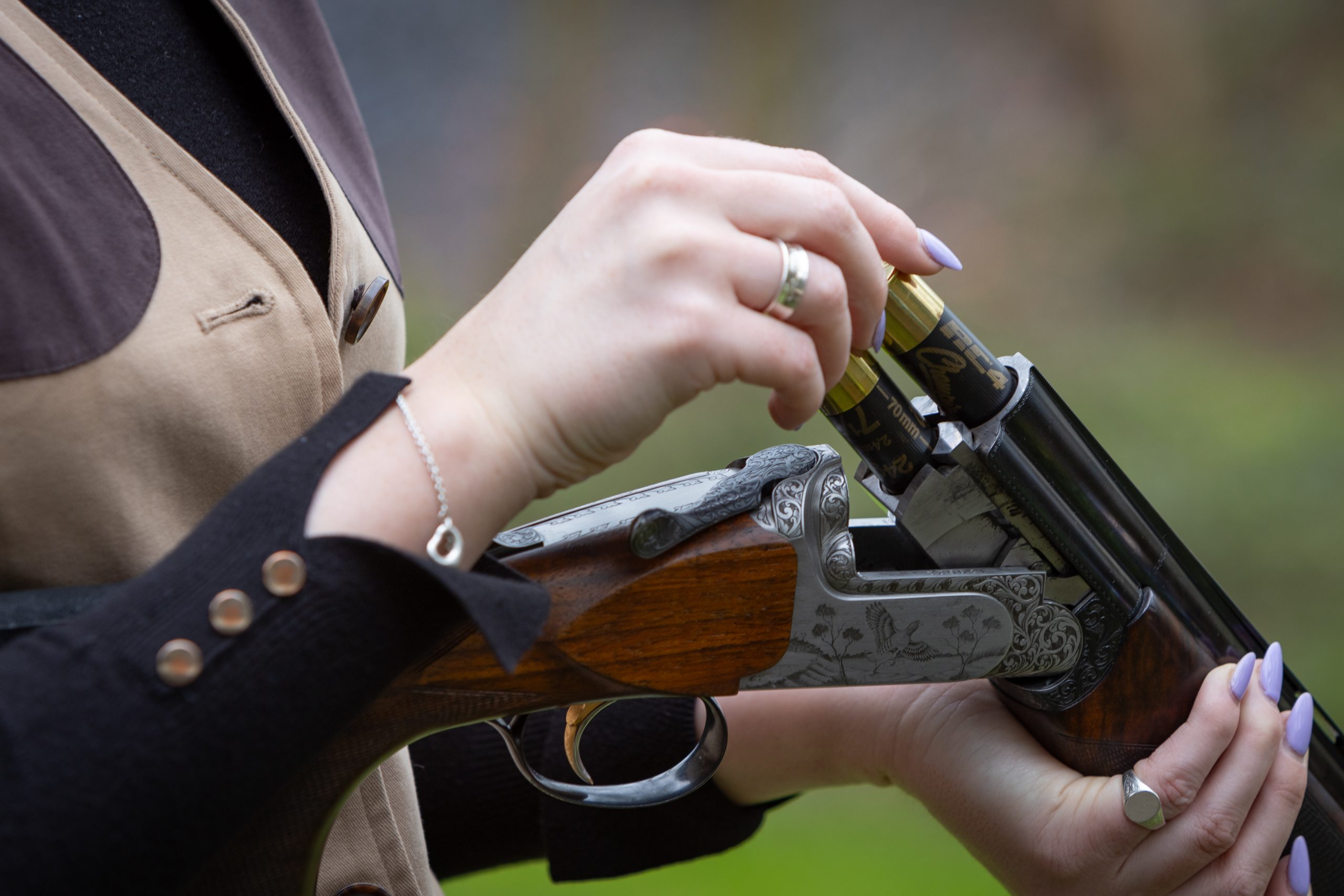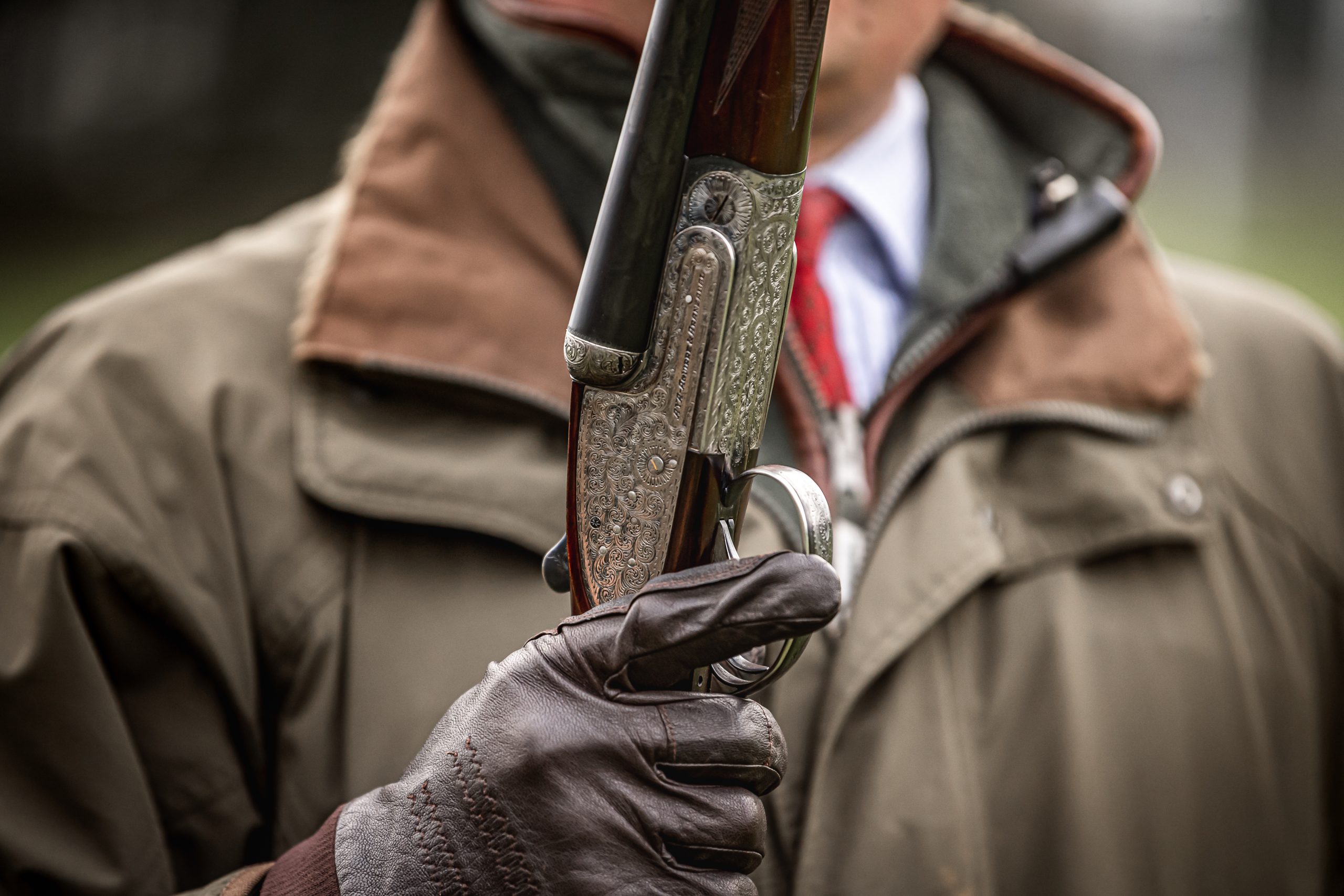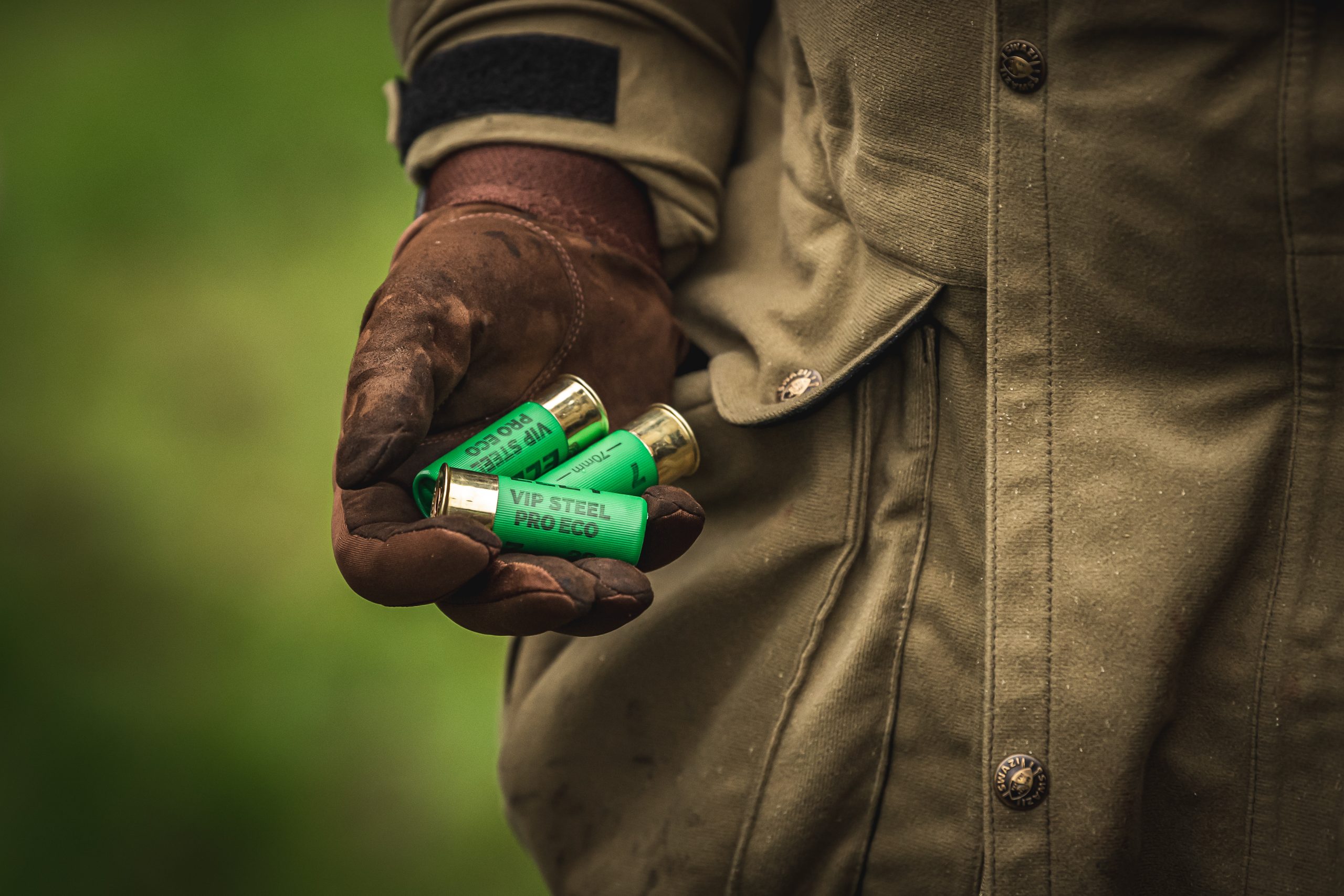Gundogs
Shooting
Protect your dog against heat stroke
Would you like to appear on our site? We offer sponsored articles and advertising to put you in front of our readers. Find out more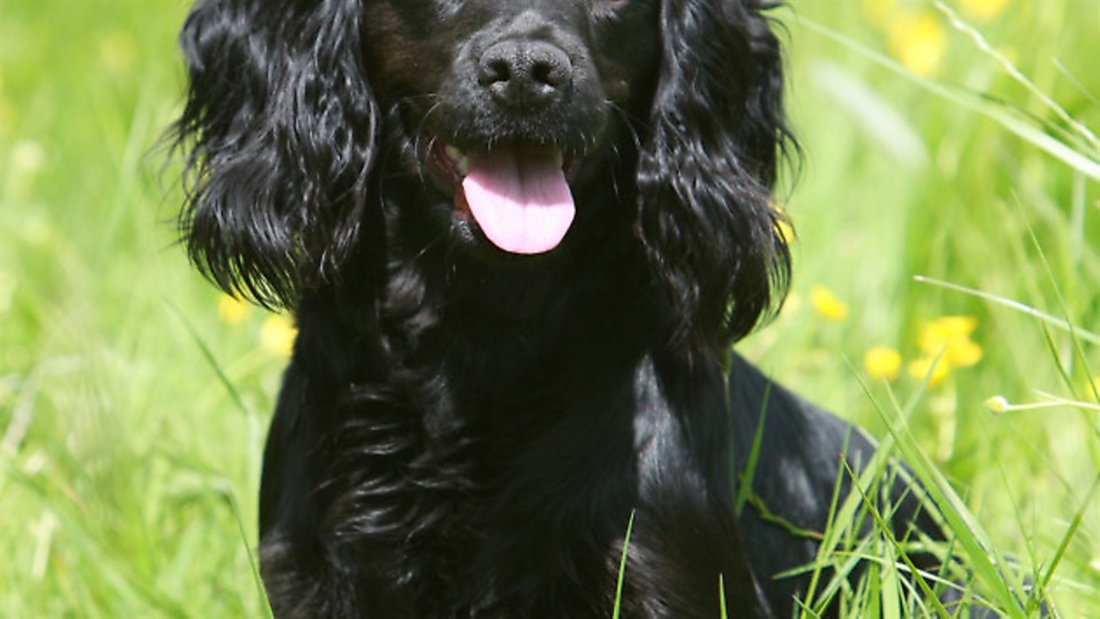
Sporting Shooter vet Vicky Payne explains how to keep your dog cool in the summer heat
The weather is lovely as I’m writing this – I’m hoping it hasn’t taken a turn for the worse by the time you are reading it. Unfortunately we’ve already had dogs in the clinic with signs of heatstroke and I fear there will be more unless we take action.
Dogs have a normal body temperature of about 38.5°c and they are able to maintain it in hot conditions mainly through panting, as they can only sweat through their foot pads. Dogs will also seek shade and water if they are becoming too hot. If their temperature rises above 41°c they are at risk of serious illness and death.
The most well-known cause of heat stroke (or hyperthermia) is dogs being left inside cars. Even with a bowl of water and a window open, the temperature inside a car will rise rapidly on a sunny day, even if the outside temperature is low. Avoiding leaving your dogs in the car if at all possible and if you must for short periods, ensure the car is in the shade and check back every 15 minutes at most.
We have also seen heatstroke cases in dogs left in conservatories, sun rooms and caravans, dogs which have been left in a garden without shade and those that have been exercised in warm weather. Gundogs are at particular risk of overheating when working as their desire to hunt and retrieve can overcome their need to stop and pant, to lie down in shade or to find some water.
Initial symptoms of heatstroke include restlessness, excessive panting and a high heart rate. The dog may then seem weak or confused before collapsing or even fitting. If not treated urgently the dog will die.
If you suspect early heatstroke, the best first aid is to cool the dog down. Running water is ideal but if it isn’t available, cold, wet towels on the groin and ‘armpits’ of the dog are the next best thing. Conscious dogs should be encouraged to drink small amounts of tepid water; cold water can cause stomach cramps. In more severe cases veterinary treatment will be required, but do anything you can to cool the dog on the way to the vet. Even cases which initially seem to recover can suffer severe illness and organ failure.
It is far better to avoid heatstroke than to treat it, so always take care to provide your dogs with shade both in their kennels and when out at game fairs, working tests, doing the shoot chores and on early season days. Ensure you take sufficient water with you to avoid the dog drinking out of muddy puddles and consider taking a wet towelling rug (I freeze mine overnight so it is cool when I need it at a competition or training day) or one of the special cooling rugs used by agility competitors.
Words: Vicky Payne, Sporting Shooter vet
Pictures: Nick Ridley
Related articles
Driven
Vegan to hunter
Emily Damment tells the extraordinary story of one man’s transformation from full veganism to harvesting his own wild meat, with plenty of lessons to learn along the way.
By Time Well Spent
Wildfowling
Generation game
James Green recounts an unforgettable week of wildfowling on Scotland’s Tay estuary, where three families shared the joys, challenges and triumphs of outdoor adventures
By Time Well Spent
Manage Consent
To provide the best experiences, we use technologies like cookies to store and/or access device information. Consenting to these technologies will allow us to process data such as browsing behavior or unique IDs on this site. Not consenting or withdrawing consent, may adversely affect certain features and functions.
Functional Always active
The technical storage or access is strictly necessary for the legitimate purpose of enabling the use of a specific service explicitly requested by the subscriber or user, or for the sole purpose of carrying out the transmission of a communication over an electronic communications network.
Preferences
The technical storage or access is necessary for the legitimate purpose of storing preferences that are not requested by the subscriber or user.
Statistics
The technical storage or access that is used exclusively for statistical purposes.
The technical storage or access that is used exclusively for anonymous statistical purposes. Without a subpoena, voluntary compliance on the part of your Internet Service Provider, or additional records from a third party, information stored or retrieved for this purpose alone cannot usually be used to identify you.
Marketing
The technical storage or access is required to create user profiles to send advertising, or to track the user on a website or across several websites for similar marketing purposes.


